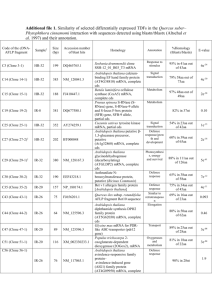Supplementary Figure Legends (docx 18K)
advertisement
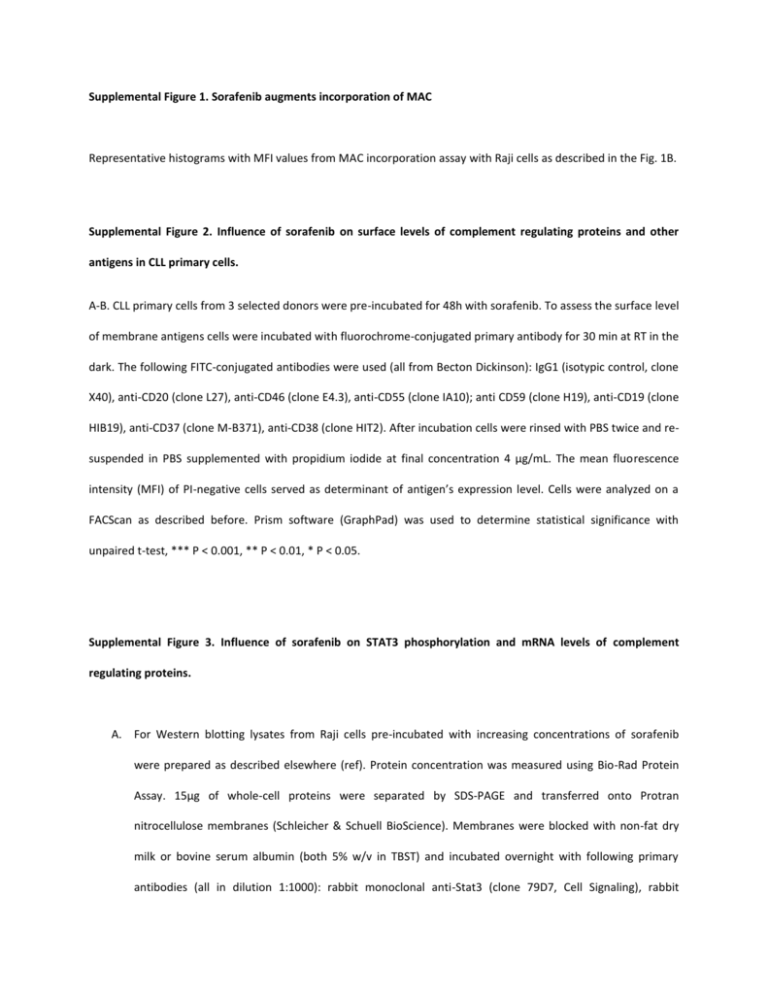
Supplemental Figure 1. Sorafenib augments incorporation of MAC Representative histograms with MFI values from MAC incorporation assay with Raji cells as described in the Fig. 1B. Supplemental Figure 2. Influence of sorafenib on surface levels of complement regulating proteins and other antigens in CLL primary cells. A-B. CLL primary cells from 3 selected donors were pre-incubated for 48h with sorafenib. To assess the surface level of membrane antigens cells were incubated with fluorochrome-conjugated primary antibody for 30 min at RT in the dark. The following FITC-conjugated antibodies were used (all from Becton Dickinson): IgG1 (isotypic control, clone X40), anti-CD20 (clone L27), anti-CD46 (clone E4.3), anti-CD55 (clone IA10); anti CD59 (clone H19), anti-CD19 (clone HIB19), anti-CD37 (clone M-B371), anti-CD38 (clone HIT2). After incubation cells were rinsed with PBS twice and resuspended in PBS supplemented with propidium iodide at final concentration 4 μg/mL. The mean fluorescence intensity (MFI) of PI-negative cells served as determinant of antigen’s expression level. Cells were analyzed on a FACScan as described before. Prism software (GraphPad) was used to determine statistical significance with unpaired t-test, *** P < 0.001, ** P < 0.01, * P < 0.05. Supplemental Figure 3. Influence of sorafenib on STAT3 phosphorylation and mRNA levels of complement regulating proteins. A. For Western blotting lysates from Raji cells pre-incubated with increasing concentrations of sorafenib were prepared as described elsewhere (ref). Protein concentration was measured using Bio-Rad Protein Assay. 15μg of whole-cell proteins were separated by SDS-PAGE and transferred onto Protran nitrocellulose membranes (Schleicher & Schuell BioScience). Membranes were blocked with non-fat dry milk or bovine serum albumin (both 5% w/v in TBST) and incubated overnight with following primary antibodies (all in dilution 1:1000): rabbit monoclonal anti-Stat3 (clone 79D7, Cell Signaling), rabbit monoclonal anti-Phospho-Stat3 (clone D3A7, Cell Signaling), mouse monoclonal anti-α-tubulin (clone DM1A, Calbiochem). After extensive washing with TBST membranes were incubated for 1h with corresponding HRP-coupled secondary antibodies from Jackson Immuno Research (in dilution 1:10 000). The chemiluminescence reaction for HRP was developed using custom-made chemiluminescence reagent (described in ref JBC) and visualized with Stella 8300 bioimager (Raytest). B. For quantitative Real-Time PCR assay universal RNA Purification Kit (EURx) was used to extract total RNA from Raji cells pre-incubated with sorafenib for 48h. RNA was spectrophotometrically quantified and equal amounts were primed with oligodT for following cDNA synthesis performed with AMV reverse transcriptase (EURx). Obtained cDNA served as a matrix in the subsequent quantitative Real-Time PCR reaction performed using LightCycler® Fast Start DNA Master PLUS SYBRGreen I and LightCycler 480 II device (both from Roche) according to the manufacturer’s recommendations. The following specific primers were used for the following genes of target: CD46, CD55, CD59, or reference genes: ACTB, RPL29. C. qRT-PCR experiment with cDNA obtained from cells of 3 donors was performed as described above. Supplemental Figure 4. Analysis of consensus binding sites for STAT3 transcription factor in CD46, CD55 and CD59 promoters.
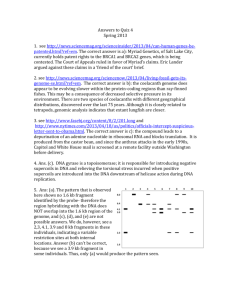
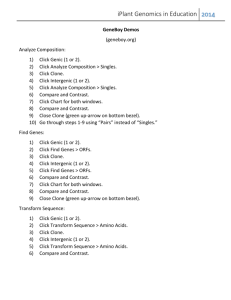
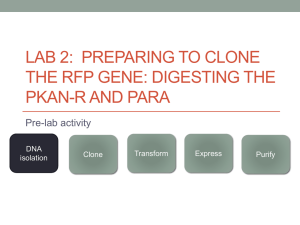
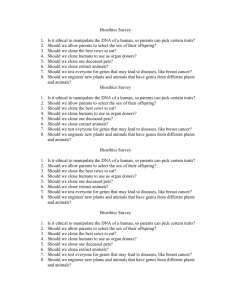
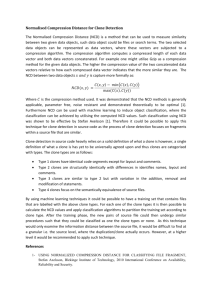
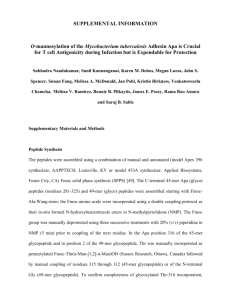
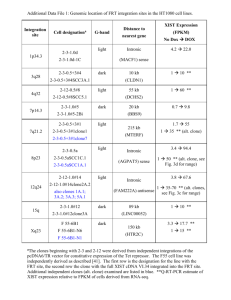
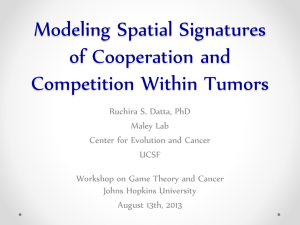
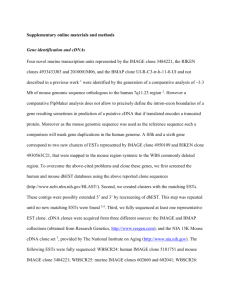
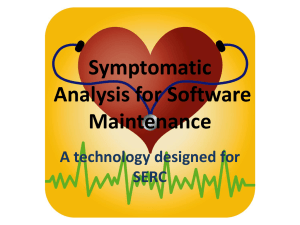
![2[<---Click on link] - socialstudiesguy.com](http://s2.studylib.net/store/data/005453708_1-895a35768b91cdab66a77df6b59f9930-300x300.png)
